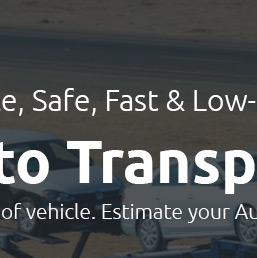 |
|||||
 |
 |
 |
 |
 |
|||||
 |
 |
 |
 |
 |
 |
 |
||
 |
 |
 |
 |
 |
 |
 |
 |
 |
 |
|
|
Revolutionize the way you move your prized vehicles across the globe with our unparalleled auto shipping service, where we masterfully transport any type of vehicle with precision and care, offering you transparent, competitive international car shipping costs that defy industry standards; trust in our relentless commitment to safety and efficiency, and experience a seamless, worry-free journey from driveway to destination.
https://sgtautotransport.com/international-car-shipping-cost-calculator
As with the cost, any factors can affect your international car shipping timeline. However, most voyages range between 30 and 60 days. Shorter routes can be had ... https://www.aesshipping.com/how-much-does-it-cost-to-ship-a-car-overseas/
We provide a hassle-free experience and ensure your vehicle and cargo arrives safely at its new destination. Shipping a personal vehicle internationally can ... https://internationalvanlines.com/ship-your-car-abroad/
The average cost of international auto shipping in a shared container will run you between $1500 to $3000. the destination country and service ...
|